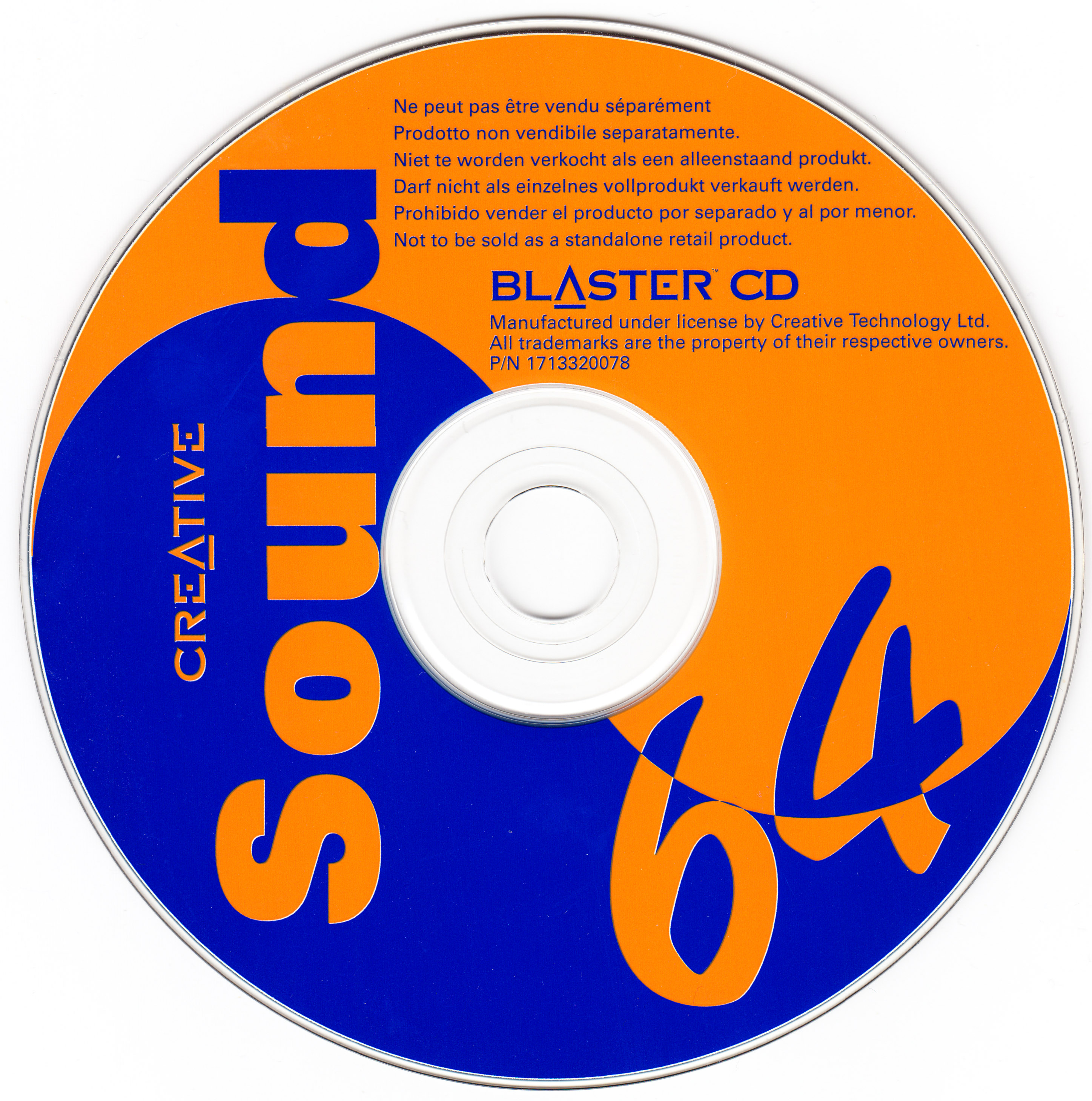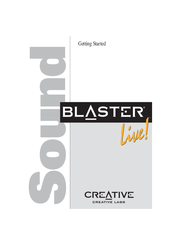

- Sound blaster software dos install#
- Sound blaster software dos drivers#
- Sound blaster software dos driver#
- Sound blaster software dos pro#
I'm actually a huge fan of the EMU10K cards (SB Live, Audigy, Audigy 2). What audio solution would you recommend if SB's are so difficult? Either for the Socket 478 and the Pentium1 (assuming it has ISA slots)? what audio solution would you recommend if SB's are so difficult? Either for the Socket 478 and the Pentium1 (assuming it has ISA slots)? But at least it's possible, just too many variables unknown. Thank you very much for your insight - ultimately then there's no way of knowing what problem presents itself. When everything is setup, i might try it, since i have it installed on a small unattached HD. If i get Win98 MSDOS working well, there's not any need for it.
Sound blaster software dos drivers#
I don't actually know what board the Pentium 1 machine i bought has, i'll get it sometime next week, along with my SB Live (no idea if it's OEM, or if it even comes with an installation disk - but drivers are easy to find, already downloaded a bunch of different sets), so if that ISA slots which i presume, then i might get some cheap ISA Soundblaster for it. But for Win98 installation, currently i have a cheap USB sound system which does work, but of course not in DOS programs and it's pretty dismal to begin with. That "retro" board has Socket 478, so it's P4 Celeron (it's Intel and has annoying AC97 integrated sound which i can't get to work even on Win98, not to mention DOS.) It works well on WinXP, which i have on different HD for it, and works through DosBox.

i just got Win98 on my Celeron working yesterday, which was a hassle in itself, before i figured to attach FDD, as the installer was giving weird errors that i finally realized were because of it assuming wrong drive letters. Oh dear, there's gonna be problems :) Indeed, this is my first time putting together old computers. Slightly preferable to use IRQ 7 which will require moving your parallel port (or disabling it outright if you don't need it). You may need to go into the BIOS and reserve IRQ 5 or 7 for legacy devices.
Sound blaster software dos pro#
The WDM drivers will only get you Windows's built in Sound Blaster Pro emulation in Windows itself, so definitely use the VXD ones.
Sound blaster software dos driver#
Assuming you have a retail card you shouldn't have too much of a problem installing the drivers on Windows and provided you're using the VXD driver it should configure itself fine. I've heard this also tends to be more stable although can't personally say I've experienced that much of a difference.Īs for the SB Live, those cards are notorious for having OEM versions with artificial software locks on the drivers. The former is OK, but you can optimize the boot process to not load any DOS drivers when going into the GUI.

For the latter I've personally found that more often than not it's glitched and will freeze starting programs. Technically you can run the win command from DOS to start the GUI, and if your drivers allow you can use "Restart in MS-DOS mode". Use a boot menu so that you can pick between going directly to DOS or booting the Windows desktop at startup for best results. There may be tricks around this but unless you like pain for PCI sound you're really better off just using MS-DOS 7.1 that comes with Windows.
Sound blaster software dos install#
If I recall correctly the Sound Blaster one for example does check for a Windows install and will refuse to run. There's no technical reason for this, but a lot of said TSRs are designed to be configured from Windows 9x. With that said you will probably find it very difficult to get PCI sound working with FreeDOS. (If you're new to retro computing let me be the first to tell you that there's no such thing as a perfect DOS/Windows 9x machine. To be fair there's some relatively popular games that are affected, but all that matters is what games you're going to play. For most games none of this is a problem, but people often get hung up on even the smallest compatibility problems. Most of them have software emulation of OPL which given the CPUs of the time means the emulation isn't very accurate but in most cases it's passable if you're not intimately familiar with the chip.

This is on top of the TSR itself eating some of your conventional memory. Many of which, although there's at least one exception, require running Virtual 8086 mode (EMM386). ISA sound cards are generally preferred in DOS since PCI sound requires a TSR. I assume by Celeron you mean a Slot 1 or Socket 370 machine? If you're referring to a Pentium 4 or newer based Celeron you might have some trouble with PCI sound cards depending on what board you're using. No idea why some people say this (unless they're referring to modern systems since today's chip sets don't support the feature needed for Sound Blaster emulation). Some say you can't get any PCI card working in DOS.


 0 kommentar(er)
0 kommentar(er)
